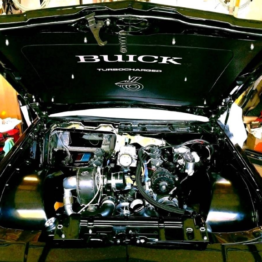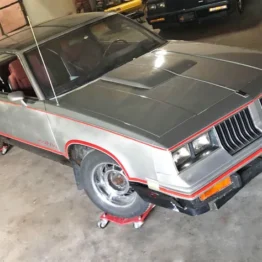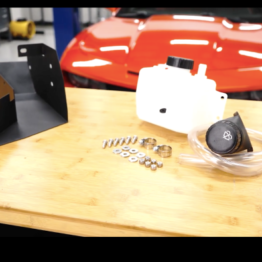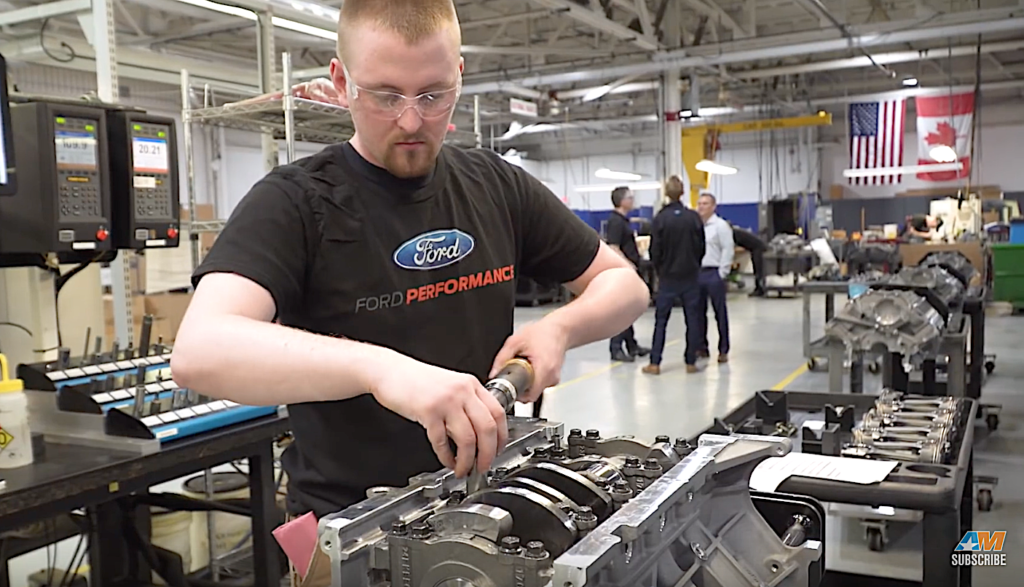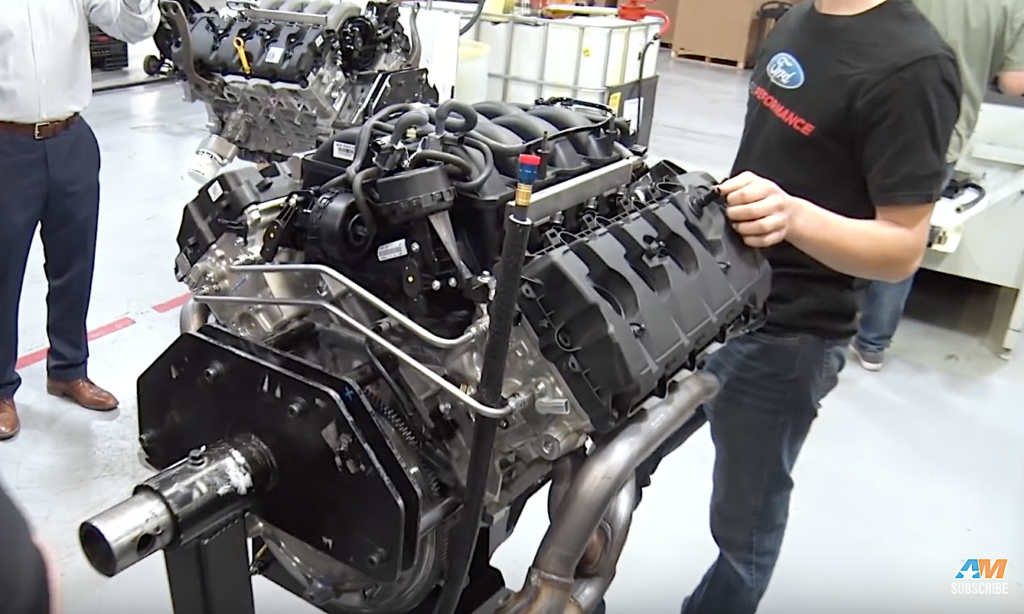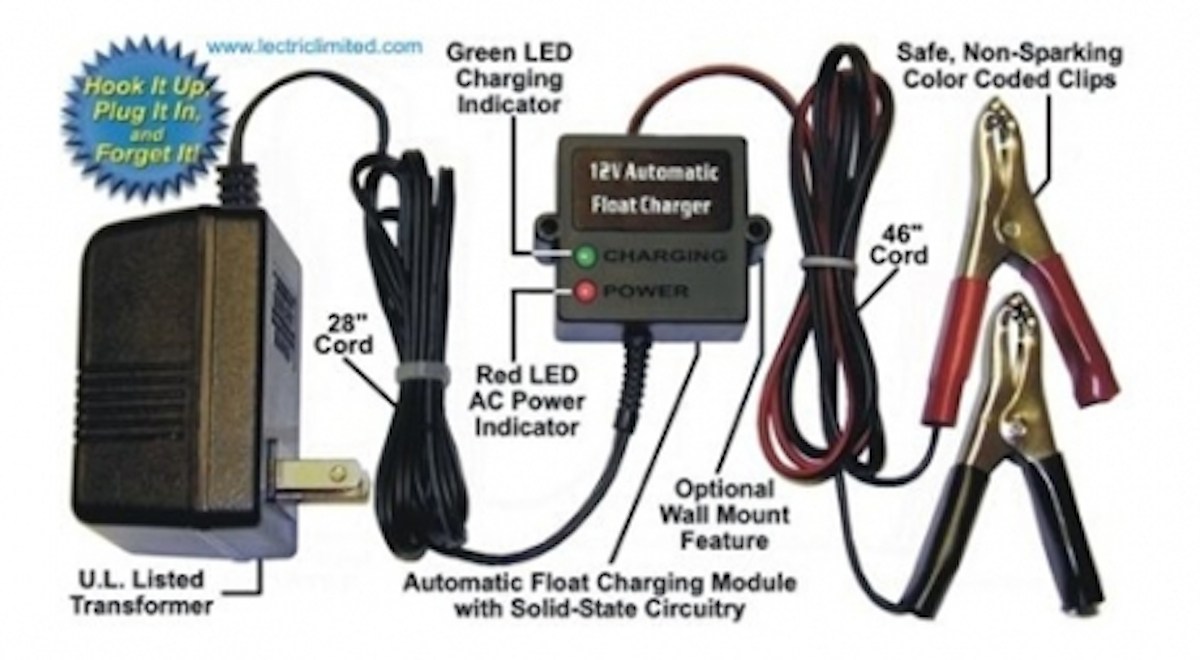In 1967, race car driver AJ Foyt drove his car, the Coyote, to victory in the Indy 500 races and in 1969 Ford made their first four valve V8 specifically for his car which continued on to dominate the race again in 1977. With what would become the beginning of Fords modular engine design Foyt and the Coyote won 25 out of 141 races. Since the ‘90s Ford has successfully used the modular engine design in everything from F series trucks to Mustangs, but as the demand for more power with better fuel economy rose Ford added Twin Independent Variable Cam Timing to the powerhouse in 2011. This new variant of the modular design was called the Coyote.
Taking a production Aluminator engine from the home of the Coyote engine, the Essex engine plant in Canada, the Ford Performance guys at Performance Assembly Solutions in Livonia, Michigan hand build Coyote engines. Along with building the Aluminator SC engine for forced induction applications and the engine used in the FP350S road race car, these guys are also responsible for building the Ford GT’s twin turbo V6 engine. Justin Dugan with American Muscle was invited to meet Ford Performance Engine Engineer, Ron Ewert, to explore the stringent processes each one of these engines go through.
The production Aluminator is torn down to the bare block, cleaned, and upgraded with aftermarket parts, utilizing only the parts needed from the production engine. In the inspection area the bare block, con rods, pistons, and forged crankshaft go through the measurement process where all the information is put into a travel pack.
A serial number is assigned to ensure the proper parts go with the correct block and all the data stays with each Aluminator engine. Almost the same as the CobraJet short block, the Aluminator SC receives H beam rods and forged moly pistons that allows for the 9.5:1 compression ratio and have been proven capable of handling over 1000 HP. Taking care of what some believe to be the Coyote’s weak spot, a billet gear set is used in the oil pump as well.
With similar architecture to a standard 5.2L and the GT350 but with a cross plane crank and rephrased camshafts for a 5.0L firing order, the FP350S is essentially a larger displacement 5.0L. A unique feature to the FP350S engine is the use of balance tubes, equalizing the oil pressure from left to right bank so there is no starvation on the track.
With the final dress on the FP350S engine, it is primed and filled with 5W50 full synthetic oil, cold tested for oil pressure and compression, and shipped out wet. Taking a page out of Ford”s playbook, Performance Assembly Solutions utilize a system that eliminates human error in the assembly process. Only after each bolt is torqued to spec will the system allow the tech to move on to the next step assuring top quality every time.
Elizabeth is hardcore horsepower enthusiast with unmatched intensity for making things faster and louder. She wakes up for power and performance and only sleeps to charge up for the next project that’s heading to the track. From autocross to drag racing, Elizabeth is there with you, so stay tuned for her unique perspective on horsepower news, builds, tech info, and installs — with her, it’ll never be boring!



